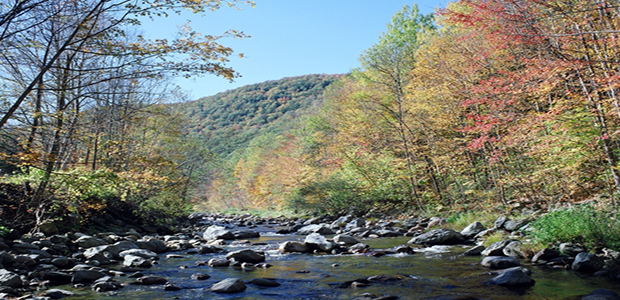
Loss of Forest Cover Threatens Water, Climate, and Land Conservation
A recent study conducted by Harvard University urges the importance of land-use regulations to help preserve water quality, increase the amount of harvested wood, and protect wildlife habitats.
If left unmonitored, recent trends of forest loss could result in a significant loss of land conservation and water quality, and limit climate change protection, according to the two-year study by Harvard University’s Harvard Forest and the Smithsonian Institute. The scientists researched four possible scenarios for Massachusetts and what the future could hold for the state if current trends were to continue.
Developed by forestry, land-use planning, and water policy experts, the scenarios demonstrate the patterns and intensities of agriculture, land development, wood harvesting, and conservation. Using computer models, an acre-by-acre analysis was conducted on the entire forested area of Massachusetts and projected future results over a 50-year period.
"What we found is that land-use decisions have immediate and dramatic impacts on many of the forest benefits people depend on," said Jonathan Thompson, senior ecologist at Harvard Forest and lead author of the new study. "Massachusetts is an important place to study land-use because it is densely populated, heavily forested, and experiencing rapid change–much like the broader forested landscape of the eastern U.S. The results of the study show that sprawl, coupled with a permanent loss of forest cover in Massachusetts, create an urgent need to address land-use choices."
In “The Forests as Infrastructure” scenario, Massachusetts could see limited flooding risks in all major watersheds, an increase in water quality protection, a 25 percent decrease in forest fragmentation, 20 percent more high-value trees grown, 50 percent increase in local wood harvested, and a 35 percent increase in carbon storage would be maintained–all by 2060.
The research team has since received more funding and will be extending their study to include five other New England states.